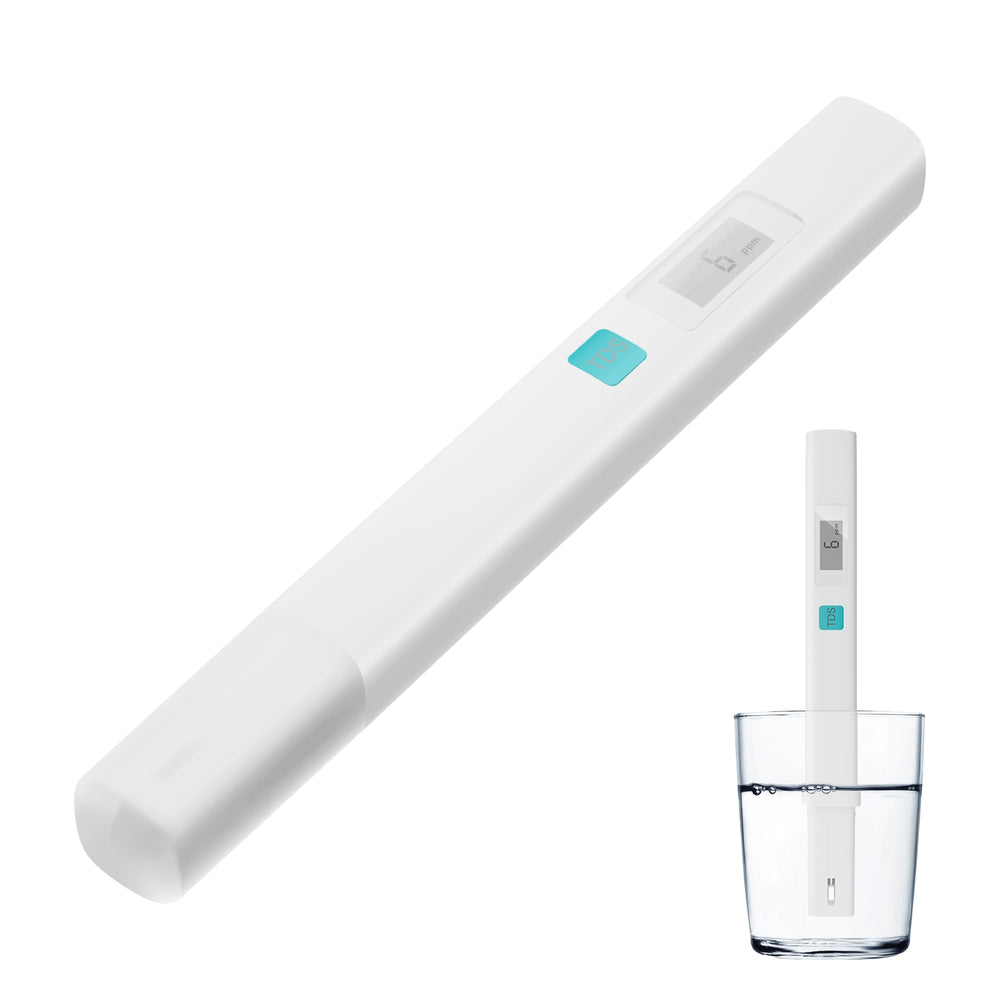Unlock the Secret to Crystal Clear Water: Discover the Magic of Purity Testers!
Water is essential for life, and the purity of the water we consume directly impacts our health and well-being. Contaminated water can lead to a myriad of health issues, ranging from gastrointestinal diseases to long-term health complications. This is where water purity testers come in. These devices are designed to measure the purity of water, helping us ensure that what we drink is safe. By providing us with quick and accurate readings, water purity testers play a crucial role in safeguarding our health and ensuring access to clean drinking water.

Understanding Water Purity Testers
Water purity testers are devices that measure the quality of water by detecting various contaminants and impurities. They can assess the presence of chemicals, heavy metals, pH levels, and even bacteria, depending on the type of tester used. There are several types of water purity testers available on the market, including digital TDS (Total Dissolved Solids) meters, pH meters, and multiparameter testers that can gauge multiple aspects of water quality at once. Each of these testers operates using different technologies: for instance, TDS meters use electrical conductivity to determine the concentration of dissolved substances, while pH meters utilize electrodes to measure the acidity or alkalinity of the water. Understanding these devices is essential for choosing the right one for your needs, ensuring that you have the best chance of obtaining accurate readings.
The Importance of Water Purity Testing
Testing water purity is vital in various contexts, including household use, industrial applications, and recreational activities like swimming. In households, the quality of drinking water can significantly impact the health of family members, especially vulnerable populations such as children and the elderly. Industrial facilities must also adhere to strict water quality standards, as contaminated water can affect production processes and lead to regulatory fines. Furthermore, recreational areas, such as lakes and pools, must be regularly tested to prevent waterborne illnesses and ensure safe swimming conditions. The potential health risks associated with contaminated water are numerous and can include outbreaks of diseases like cholera, dysentery, and hepatitis. By regularly testing water purity, individuals and organizations can take proactive measures to mitigate these risks and maintain a safe environment.
How to Use a Water Purity Tester
Using a water purity tester is typically straightforward, but following specific steps can ensure accurate results. First, gather your water sample in a clean container. Next, turn on the tester and calibrate it according to the manufacturer's instructions—this may involve adjusting settings or using calibration solutions. Insert the tester into the water sample, ensuring that the probes or electrodes are fully submerged. Wait for the reading to stabilize, which usually takes a few seconds. After obtaining the results, carefully clean the tester to prevent cross-contamination with other samples. To maintain the tester, store it in a safe place and regularly check its battery and calibration status. By adhering to these steps, you can ensure that your results are as accurate and reliable as possible.
Interpreting the Results
Interpreting the results is essential for making informed decisions about water quality. Water purity test results typically indicate levels of various parameters, such as pH, TDS, and the presence of contaminants. For instance, ideal pH levels are generally considered to be between 6.5 and 8.5; levels outside this range may suggest contamination or harmful quality. Familiarizing yourself with the indicators and their implications can help you better understand your water supply and take necessary actions to improve its safety.
Ensuring Safe Drinking Water
In conclusion, water purity testers are invaluable tools that empower individuals and organizations to ensure the safety of drinking water. By understanding how these devices work and their significance in maintaining water quality, we can take proactive steps to protect our health. Whether you are a homeowner, a business owner, or someone who enjoys recreational water activities, considering the use of a water purity tester is a smart choice for safeguarding your well-being. Embrace the power of knowledge and take control of your water quality today!



